
Brace yourself for an adventure spanning millennia as we explore 15 of the world’s oldest monuments. Crafted by ancient hands and steeped in mystery, these structures represent the boundless creativity of our ancestors. Each monument, from towering pyramids to enigmatic stone circles, tells a captivating tale of the civilizations that came before us.
The Great Pyramids of Giza

Back in the day, when Pharaoh Khufu said, “I need a monument that’ll knock their sandals off,” his builders didn’t just think outside the coffin; they went BIG. We’re talking about massive structures that make skyscrapers blush with envy. And they made it happen beautifully. The Giza Pyramids have stood tall for over 4,500 years and were originally covered in smooth limestone casing stones, giving them a dazzling white appearance.
Stonehenge
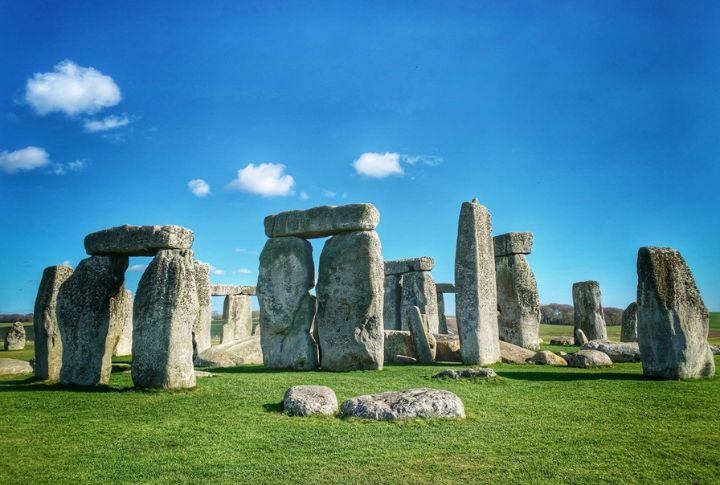
The almost 5000-year-old Stonehenge isn’t just a pile of rocks; it’s a carefully crafted engineering marvel. It has massive stone slabs, some weighing as much as 25 tons, hauled from miles away and stacked like a giant game of Tetris. But here’s where it gets really interesting. Why did they build it? Was it a celestial calendar? A spiritual gathering place? A Stone Age selfie spot? Nobody knows for sure, and that’s part of what makes Stonehenge so intriguing.
Pyramid of Djoser
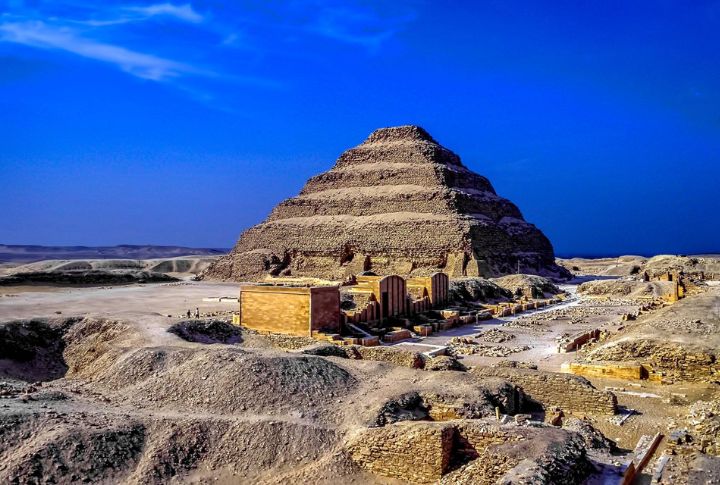
Constructed over 4,700 years ago, it’s the oldest pyramid in the world. Built for the Pharaoh Djoser, this step pyramid stands approximately 200 feet tall and is surrounded by several temples and tombs. Its innovative design, featuring six stepped layers, marked a significant advancement in Egyptian architecture and laid the groundwork for the iconic pyramids that followed.
Newgrange
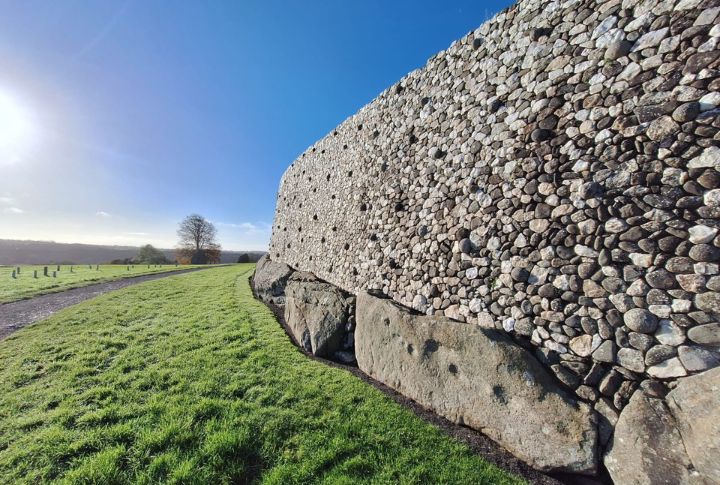
A Neolithic passage tomb older than Stonehenge and the Great Pyramid of Giza, Newgrange is located in Ireland and is over 5,000 years old. Made by farmers of that time, this impressive monument consists of a large circular mound surrounded by standing stones and a passageway leading to a central chamber. What sets Newgrange apart is its remarkable alignment with the winter solstice sunrise, illuminating the chamber with a shaft of light on the shortest day of the year.
Tumulus of Bougon
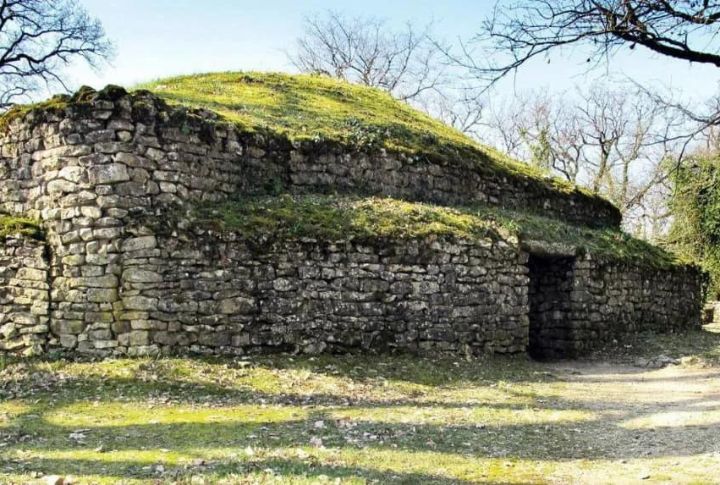
Situated in the French countryside, the Tumulus of Bougon is one of Europe’s oldest known megalithic monuments, around 5,500. Comprising a series of burial mounds, this system is believed to have been constructed by Neolithic farmers as tombs for their ancestors. From the carvings on the stones to the layout of the tombs, every detail tells a story about life, death, and everything in between.
Carnac Stones
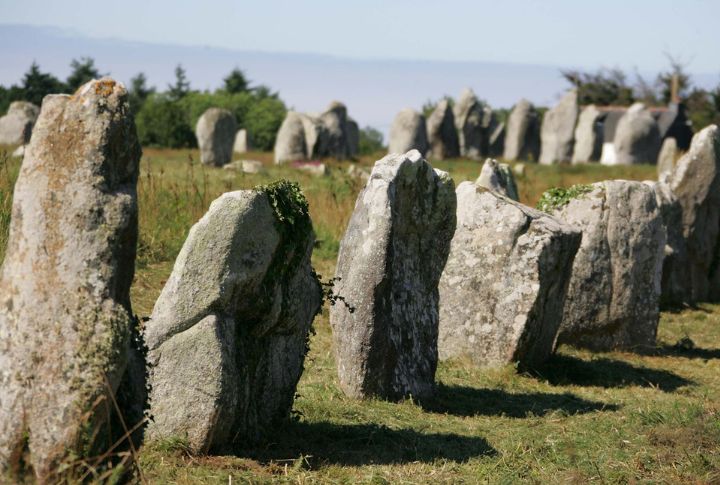
Carnac Stones are a collection of a bit above 3,000 standing stones erected by the pre-Celtic people of Europe more than 6,000 years ago. Stretching over two miles, this impressive alignment of megaliths is divided into several distinct formations, including rows, dolmens, and tumuli. Some say they’re an ancient calendar, while others believe they’re markers for sacred rituals or ceremonial processions.
Knap of Howar
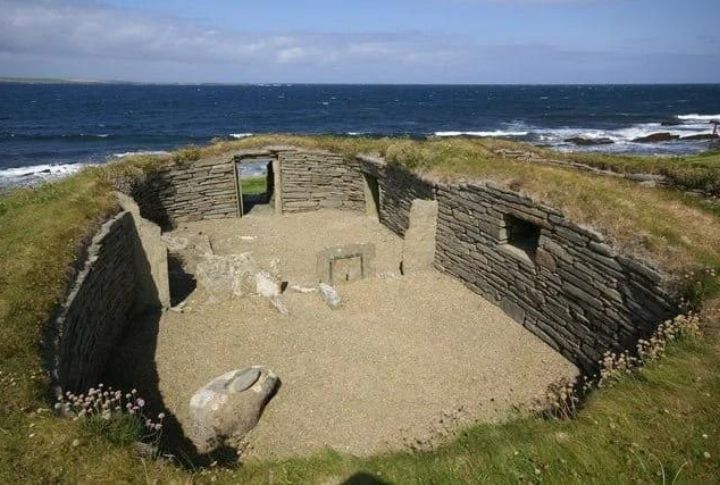
On the island of Papa Westray in Scotland, the Knap of Howar is one of the oldest preserved stone houses in northern Europe, dating back over 5,000 years. This ancient dwelling, made by Neolithic farmers, consists of two interconnected constructions with low doorways and hearths.
Tarxien Temples
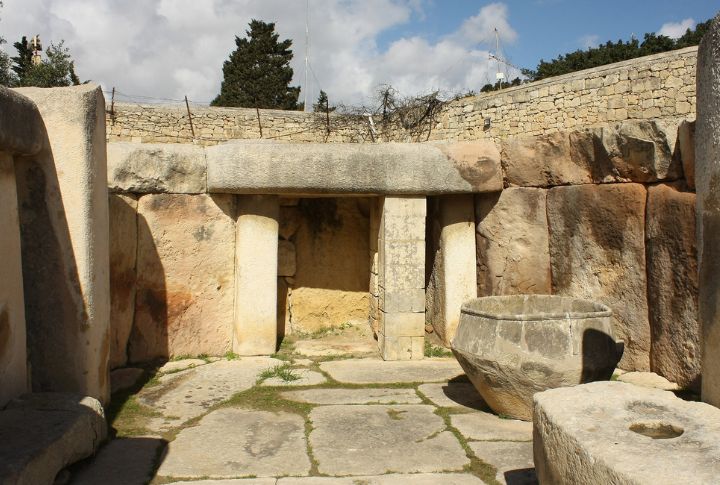
The Tarxien Temples, around 5,000 years old, are a system of megalithic structures located on the island of Malta. Constructed by the Neolithic inhabitants of the island, they are famous for the intricate carving on their walls. They were hubs of spiritual activity where ancient rituals and ceremonies took place. From offerings to prayers, these temples were the beating heart of Neolithic society, connecting the living with the divine.
Nabta Playa

Nabta Playa is an archaeological site estimated to be 10,000 years old. Built by early pastoralists and hunter-gatherers, this remarkable complex features megalithic structures, stone circles, and alignments that may have served as astronomical observatories. Nabta Playa’s role in tracking celestial events and marking the passage of time is significant.
Skara Brae
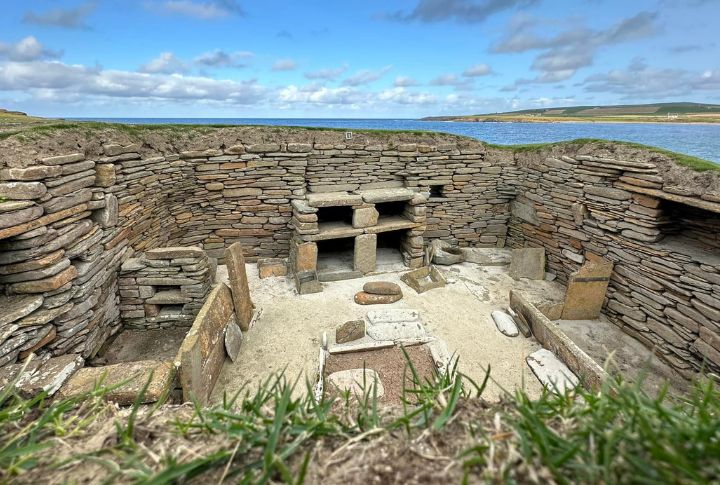
Situated on the Orkney Islands of Scotland, Skara Brae is over 5,000 years old and has been classified as one of the best-preserved Neolithic settlements in Europe. Built by ancient farmers, this remarkable settlement consists of stone houses connected by passageways, with stone furniture and hearths still intact.
Göbekli Tepe
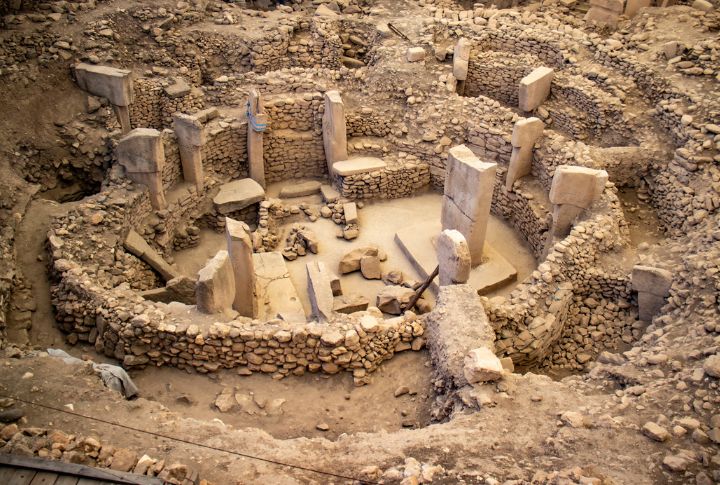
Located in modern-day Turkey, Göbekli Tepe is an archaeological site dating back around 11,000 years, making it one of the oldest known monumental formations in the world. Built by hunter-gatherer societies, this complex consists of massive pillars arranged in circular formations.
Çatalhöyük
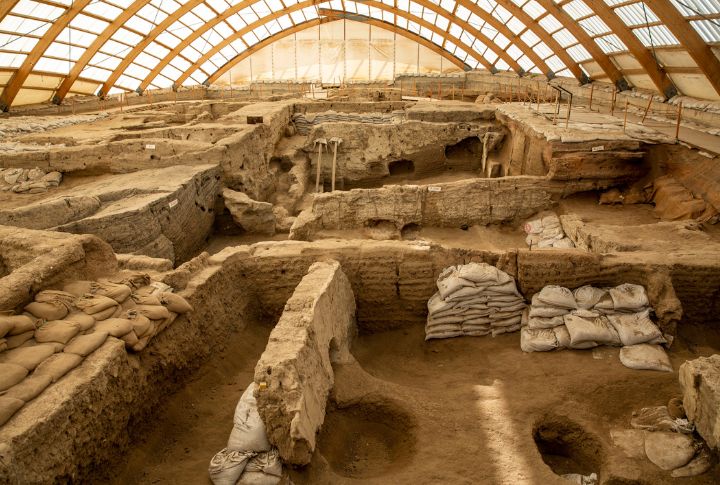
More than 9,000 years old, Çatalhöyük is located in modern-day Turkey. This sprawling network was built by early farming communities of densely packed mud-brick houses interconnected by narrow alleyways. What sets Çatalhöyük apart is its lack of streets and public spaces, suggesting a highly communal way of life focused on shared resources and social cohesion.
Jericho
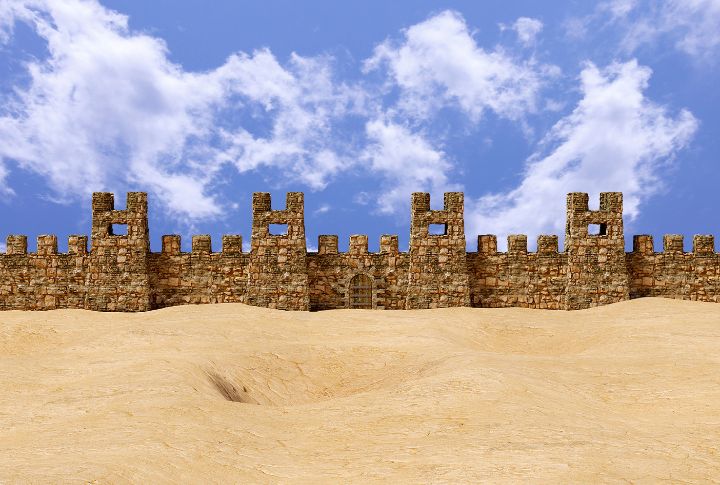
Known to be the world’s oldest continuously inhabited settlement, Jericho is located in the West Bank and dates back over 10,000 years. Constructed by early agricultural communities, this city is known for its impressive fortifications, including the famous “Jericho Wall” – one of the earliest known examples of a defensive structure.
Avebury
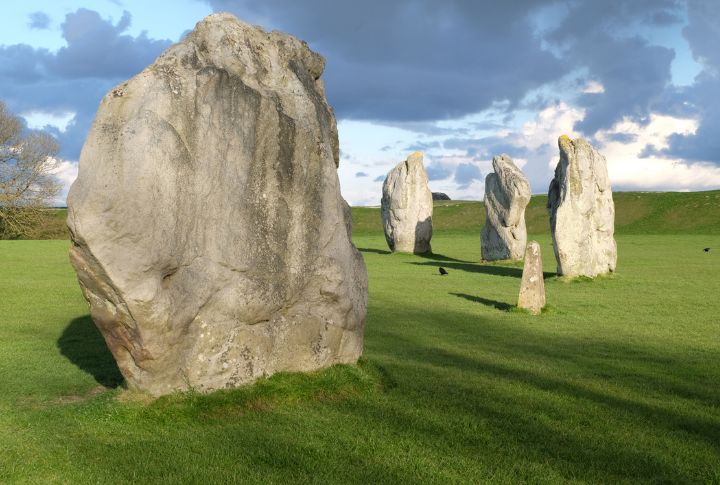
In Wiltshire, England, Avebury is one of Europe’s largest and most impressive Neolithic circles, around 4,500 years old. This monumental complex consists of a large circular earthwork surrounded by a massive circle, enclosing several smaller circles and burial mounds.
Carnac Megaliths
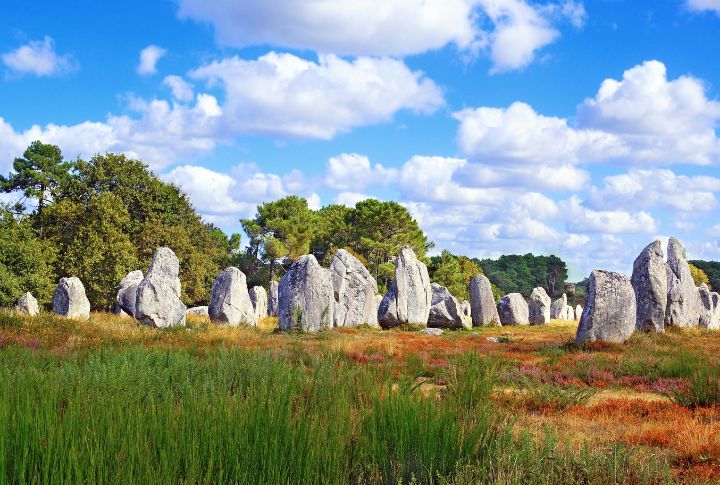
The Carnac Megaliths are a 6,000-year-old collection of standing stones. Comprising thousands of individual stones arranged in rows, alignments, and dolmens, this remarkable complex is one of the largest megalithic sites in the world. Despite centuries of study, the purpose of the Carnac Megaliths remains a mystery, leaving archaeologists and historians captivated by their enigmatic presence and enduring legacy.

Comments
Loading…